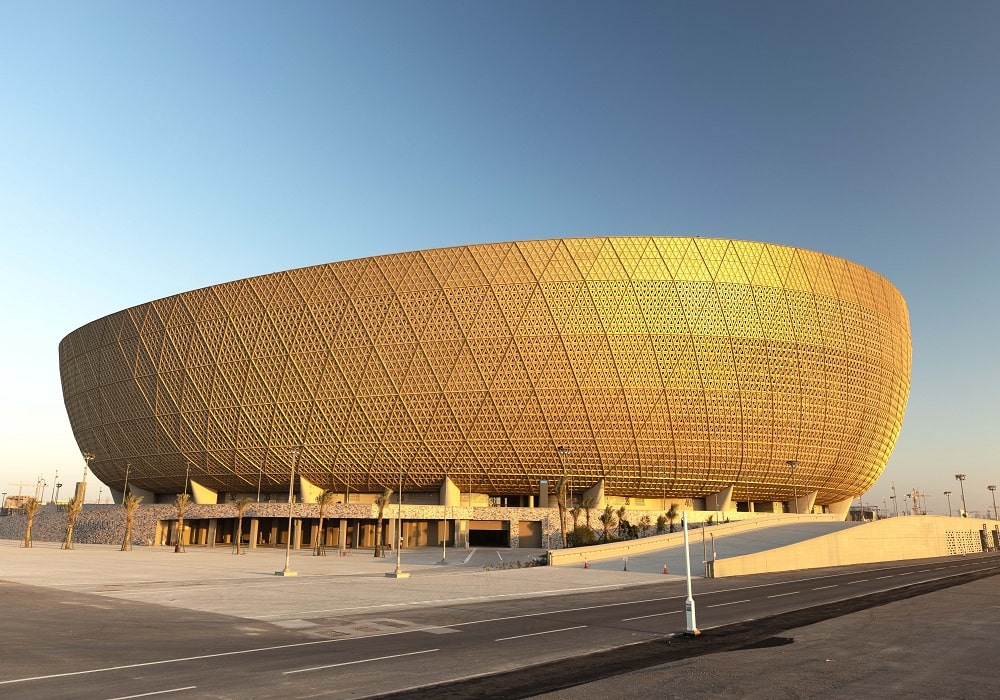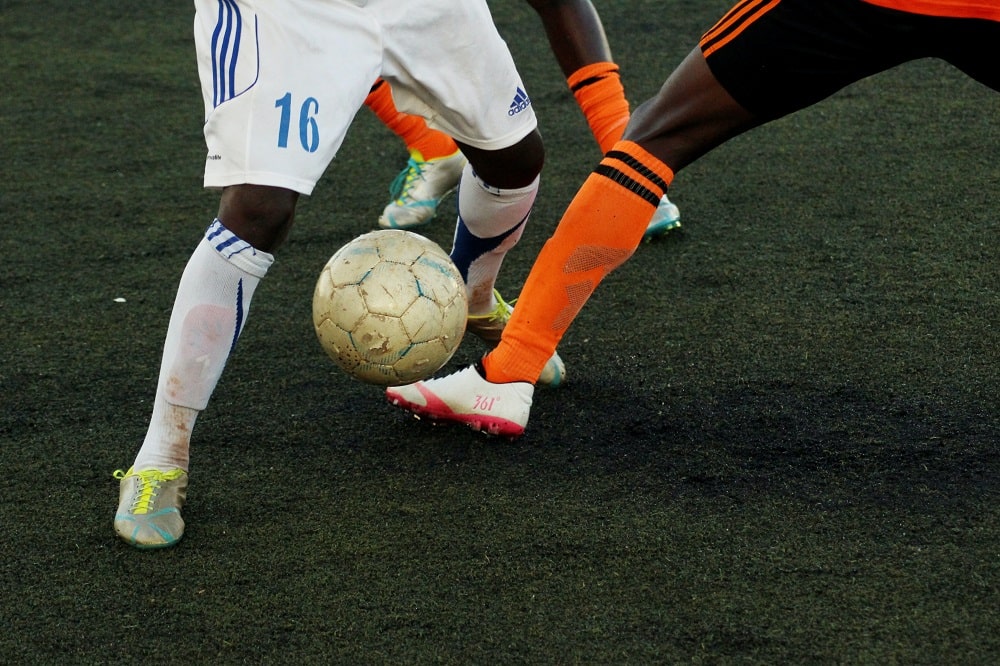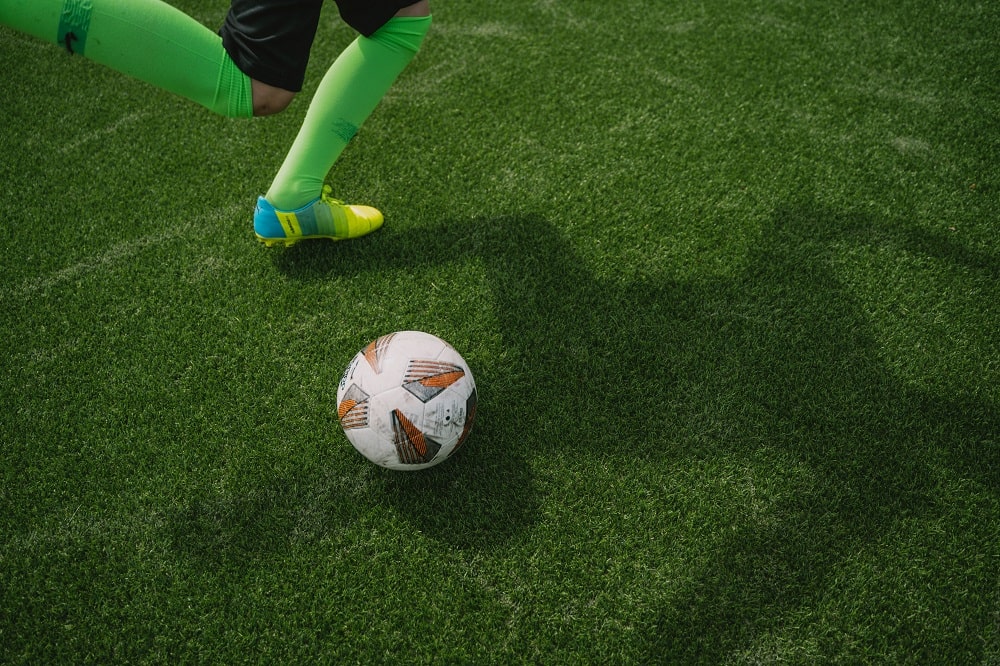The ongoing 2022 tech-driven FIFA World Cup in Qatar is backed by top innovations ranging from AI offside detection to assistance for visually impaired fans. While advanced technologies have dominated the past FIFA World Cups, Qatar has taken it to a different level.
In 2010, when Qatar was tasked with hosting the 2022 World Cup, the region started constructing Vision 2020-23 to outline FIFA's commitment to integrating technology into the tournament. The idea was to leverage different types of tech-backed innovations to enhance the game experience for fans on as well as off the field.
After winning the right to host the FIFA World Cup 2022, Qatar has invested more than $300 billion to build new infrastructure for the tournaments. For this World Cup, Qatar took the stadium's technology to a whole new level. They have also employed 5G and high-speed Wi-Fi across the stadiums will assist in remotely supervising and keeping a check on the spectators, along with the traffic movements, as well as maintaining the stadium temperatures. As many as 15,000 CCTV cameras have been installed to monitor all eight stadiums to keep track. The team has employed data analytics and other technologies to respond to alerts or mishaps.

Some of the integrated technologies involve- offsite detection, assistive technology for visually impaired fans, cooling technology for the stadium, and ball with sensors to detect peak game speeds.
Read more: 2022 FIFA World Cup: Who will Win the Golden Boot?
Top Technological Innovations to See in Qatar 2022:
-
Advanced Cooling Technology for the newly built Stadiums
One of the major concerns that the FIFA committee had to tackle early on was the harsh environmental conditions in Qatar. 7 of the 8 stadiums that are hosting the Qatar World Cup 2022 have integrated advanced cooling systems to keep the atmosphere inside the stadium cool.
Qatar has employed advanced refrigeration systems in the stadiums that were built for the tournament. The refrigeration technology used inside the stadiums will allow sporting events to be held all year round in the facilities. The technology is installed in 7 of the 8 stadiums.

The Lusail, built with a capacity for almost 80.000 people, will host the FIFA World Cup 2022 final. The stadium has a controlled air conditioning system that comes out through the stands. It will help stabilize the temperature for the assistants and soccer players. Sustainable techniques were also used in the construction of stadiums in Qatar, such as wastewater recycling measures. After the completion of the FIFA 2022 World Cup, several facilities built for the tournament will be transformed into spaces for the community, schools, shops, and sports facilities.
Read more: How FIFA+ Can Revolutionize Sports Streaming?
-
AI Rihla - The Official FIFA 2022 World Cup Ball
The 14th successive football developed for the tournament by Adidas has an inbuilt sensor to detect peak game speeds. The official FIFA World Cup 2022 ball - Al Rihla from Adidas, comes with an inbuilt Inertial Measurement Unit (IMU) to detect illegal positions. The installed sensor sends a data packet 500 times/second to the VAR room. This helps detect the exact moment the ball is hit with absolute precision.

And all thanks to Artificial Intelligence. The data set collected by the ball can be processed in seconds. It then sends an alarm to the VAR referees each time it detects offside. Once this process is carried out, they will manually review the ball's point of impact along with the player's position. The resolution of each move likely takes seconds as the margin of interpretation is reduced drastically. The semi-automated outside technology also incorporates an element to detect offside incidents for the inertial measurement unit (IMU) sensor positioned inside the ball. The technology integrated into the ball was tested in 2021 at the Arab Cup as well as the Club World Cup.
Moreover, Adidas's suspension system, used in the ball, will assist in detecting the kick point with extreme precision. Al Rihla, which represents "the journey" in Arabic, is encouraged by the culture, architecture, iconic boats, as well as the Qatar flag.
-
FIFA Player App
Designed and developed by FIFA in collaboration with FIFPRO, the FIFA Player App will be operated for the first time ever in the 2022 FIFA World Cup in Qatar. The app will provide players with performance metrics and analysis, along with physical performance and enhanced football intelligence metrics, including line-breaking events, receiving locations, and pressure on the player in possession of the ball.
Read more: 2022 FIFA World Cup Controversy: Should Migrant Workers be Given Compensation?

-
Semi-automated Offside Technology
Semi-automated offside detecting technology is set to offer precise detection during the matches at Qatar FIFA World Cup 2022. FIFA has used this new mechanism to identify the football position, thus helping referees make accurate, fast, and reproducible offside decisions during the tournament.
The semi-automated offside technology used at the FIFA World Cup 2022 is set to offer a support tool for video match officials and on-field officials to help them make accurate offside decisions. With the assistance of 12 tracking cameras installed in the stadium and the Al Rihla ball, the technology is set to offer an automatic offside alert to the Video Assistant Referee (VAR) each time the ball is played in an offside position.
By combining the limb- and ball-tracking data and artificial intelligence (AI), the technology will provide an automated offside alert to the video match officials in the video operation room. Before informing the on-field referee, the video match officials will be able to validate the proposed decision by manually checking the automatically selected kick point along with the automatically created offside line. This will help reduce the dependence on VAR replays to understand whether a player is offside.

-
Assistive Technology for Visually Impaired Football Fans
FIFA integrated Bonocle and Feelix for visually impaired fans. The Doha-based company Bonocle was established in 2014 by Abdelrazek Aly and Ramy Soliman. With the help of assistive technology and transcoding functionality, Bonocle helps visually impaired individuals to enjoy and experience the World Cup like everyone else. On the contrary, Feelix Palm, developed by an Oxford-based company, Feelix, employs tactile palm communicators to communicate braille-like messages to visually impaired fans during matches.
Read more: Offsides: How FIFA’s New Semi-Automated Technology Can Change Football
Final Thoughts
This is the first time that the greatest event in world soccer is being organized by and played in an Arab country. It is also worth noting that technological advances like semi-automated offside and a football with a sensor named the Inertial Measurement Unit (IMU) will be implemented for the first time. With these two new tools, VAR decisions will be expedited, offering the referee little to zero margins of error.

Another technological tool that everyone is looking forward to is the FIFA Player. This is the first time the federation will allow the players to obtain real-time information on their performance on the pitch. All this has added to the existing technology and innovation integrated into the construction of the World Cup venue stadiums.
In addition to all the tech innovations inside stadiums, Qatar has employed technology to help surveillance and order outside sports venues. With 1.5 million visitors to a country of 3 million inhabitants, security was seen as one of the biggest priorities for World Cup organizers. They also set up a control center that will simultaneously monitor all 8 stadiums of the tournament and the surroundings through 15,000 cameras.
Artificial Intelligence tools have made it possible for the country to not only control the capacity of all the stadiums but it has also helped in avoiding public congestion along with supervising the behavior of the spectators. This detection of irregular behavior will enable the authorities to act preventively in case of any crisis.
With a presence in New York, San Francisco, Austin, Seattle, Toronto, London, Zurich, Pune, Bengaluru, and Hyderabad, SG Analytics, a pioneer in Research and Analytics, offers tailor-made services to enterprises worldwide.
A leader in the Technology domain, SG Analytics partners with global technology enterprises across market research and scalable analytics. Contact us today if you are in search of combining market research, analytics, and technology capabilities to design compelling business outcomes driven by technology.









